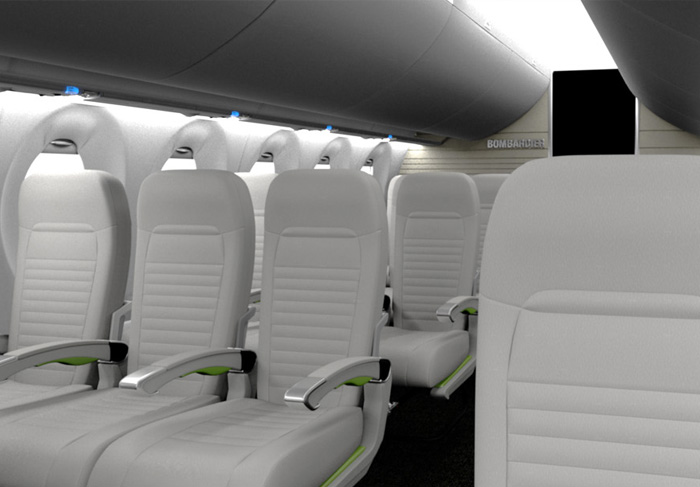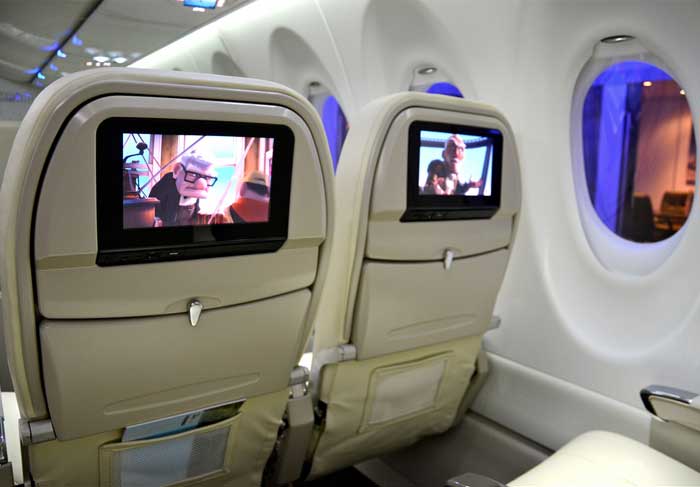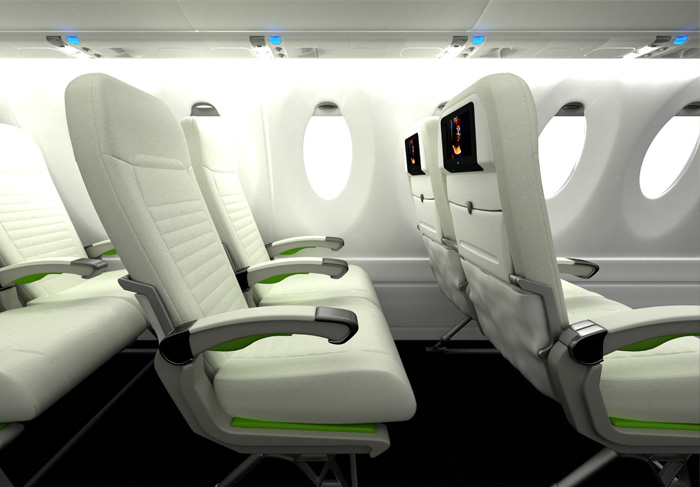Bombardier CS100 Passenger Cabin
Creating an accurate rendition of the economy cabin of a single-aisle aircraft using photos from tradeshows and other industry sources was another test to enhance my design skills. It's crucial to have accurate representations, especially in the aviation industry, where precision and realism are essential. I was able to utilize various sources to achieve this level of accuracy as I wanted to deliver a high-quality design solution for my client in the aviation sector.
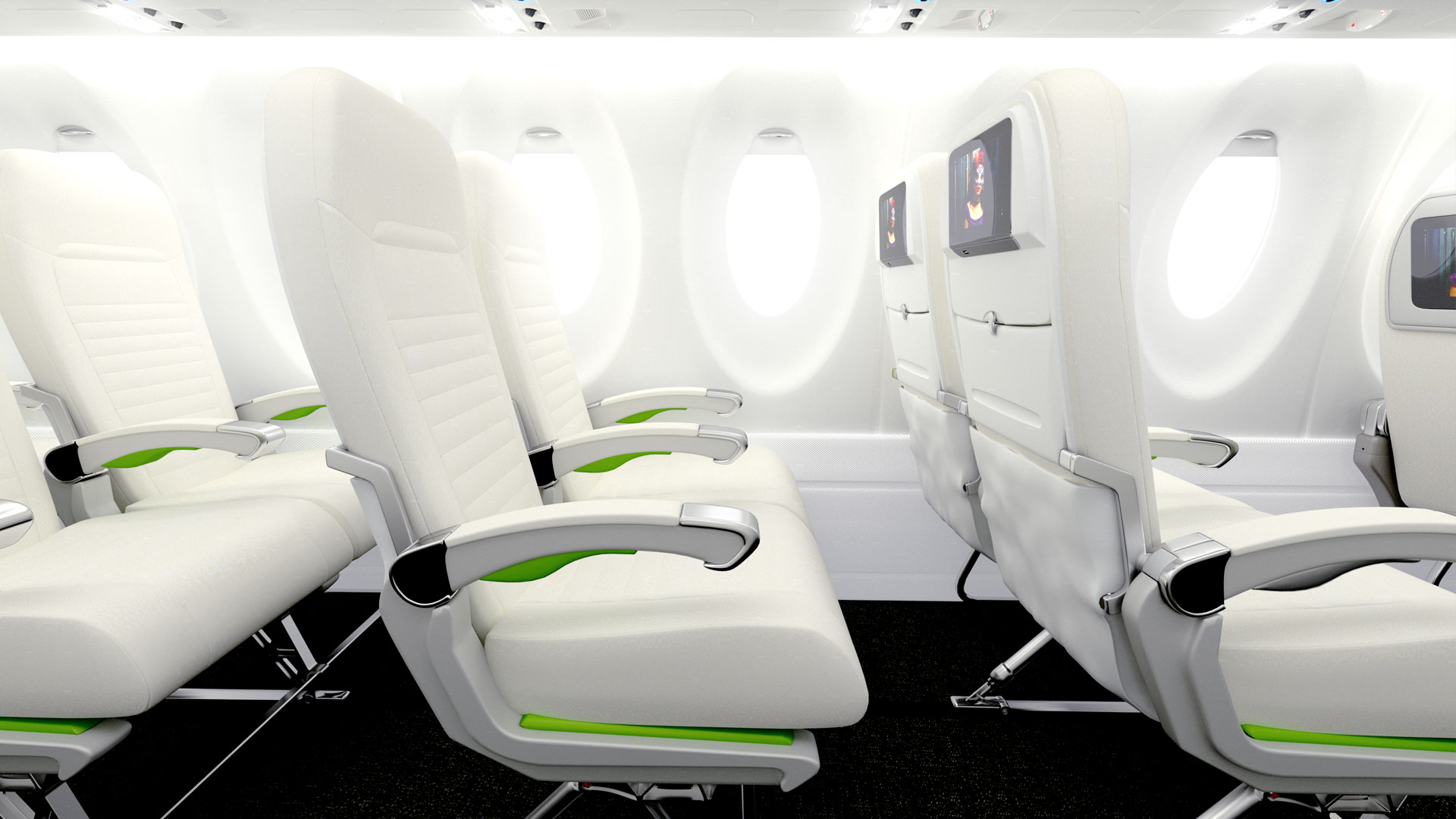
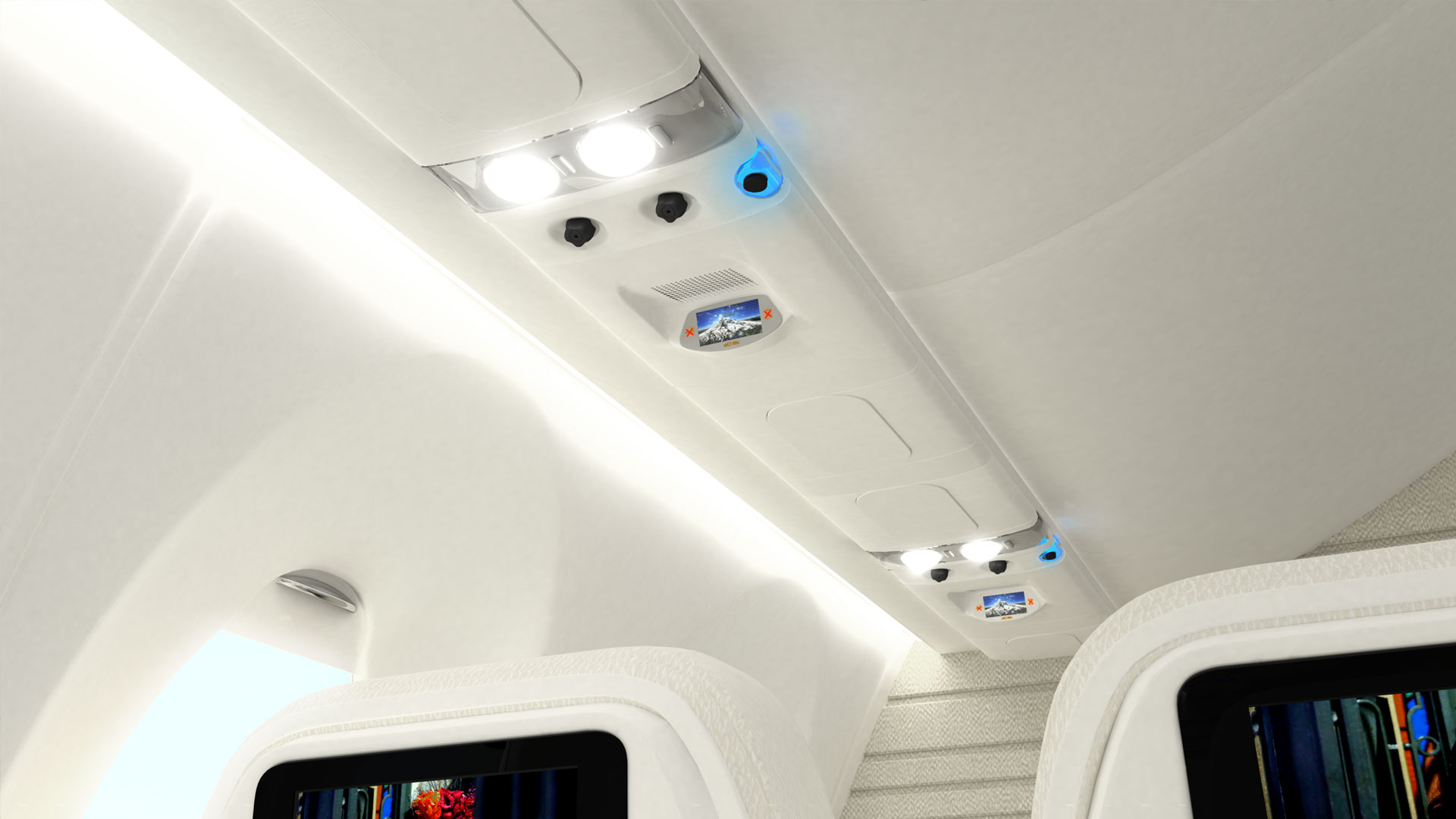
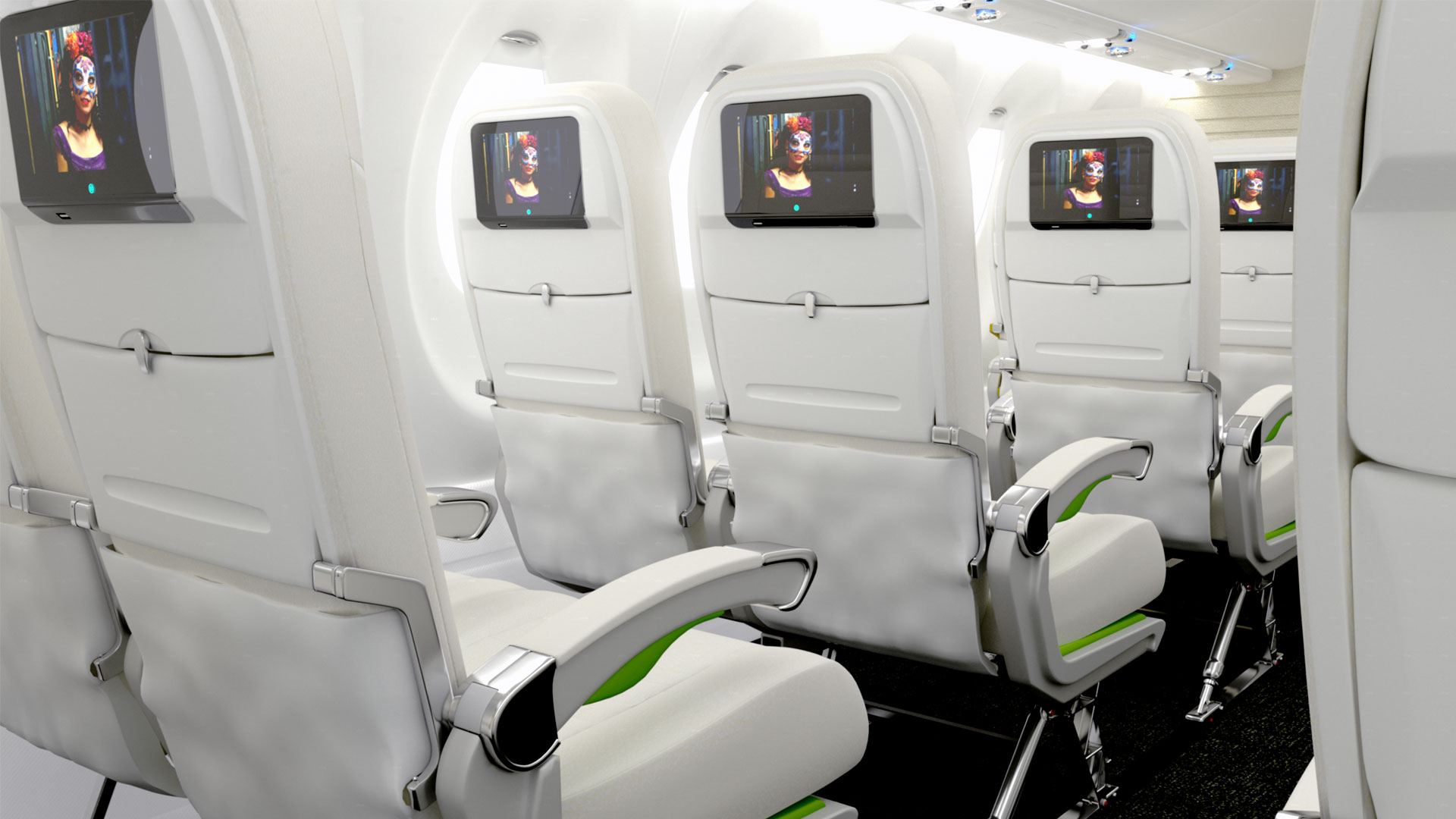
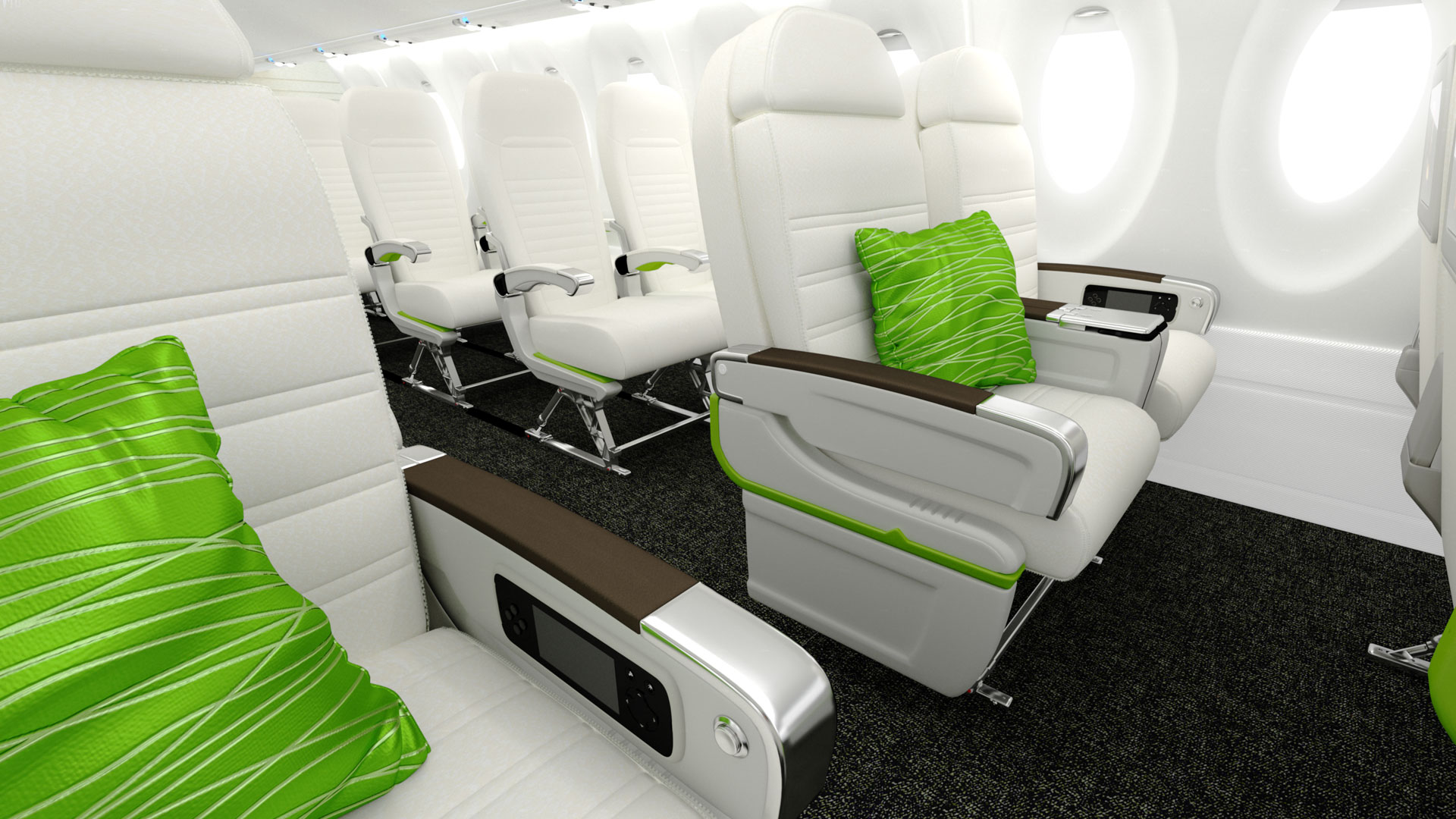
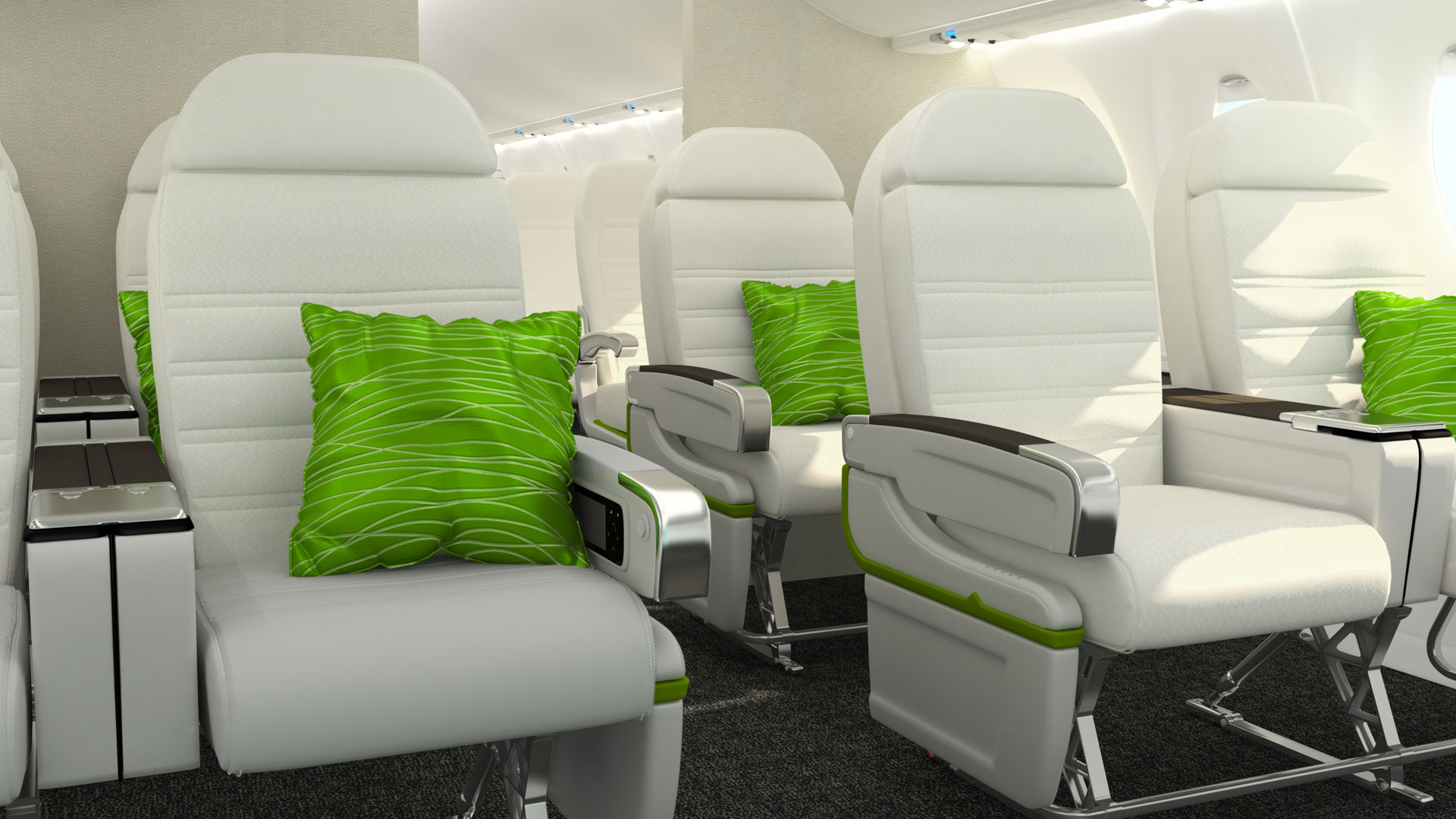
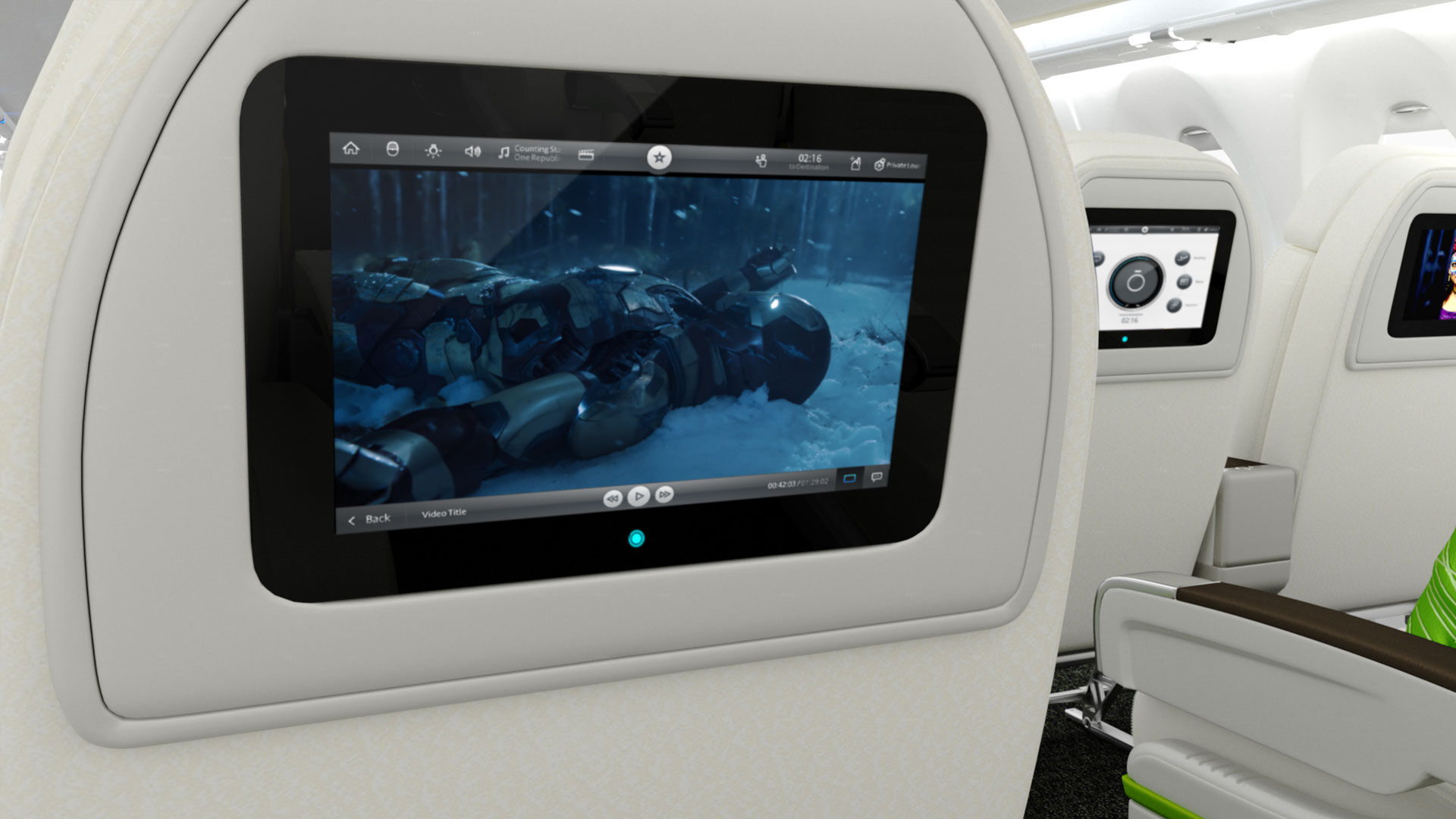
The Process
Panasonic and Bombardier have maintained a partnership in the In-Flight Entertainment (IFE) market since 2009. It all began with the initial installations of Cabin Management and Passenger Address Systems (CMS) for the Bombardier CSeries aircraft. Subsequently, in 2014, they collaborated on the line-fit installation of a broadband connectivity system for Bombardier's single-aisle aircraft. Throughout the years, I've come across numerous photos showcasing their business jets, starting from the CRJ series and the interiors of these cabins. When I stumbled upon the innovative cabin design by Weber Aircraft (now Zodiac Aerospace), I felt compelled to create a 3D representation of it. My motivation stemmed from a desire to further refine my skills in 3DS Max, but also because I was genuinely captivated by the aesthetic and concept of the cabin design.
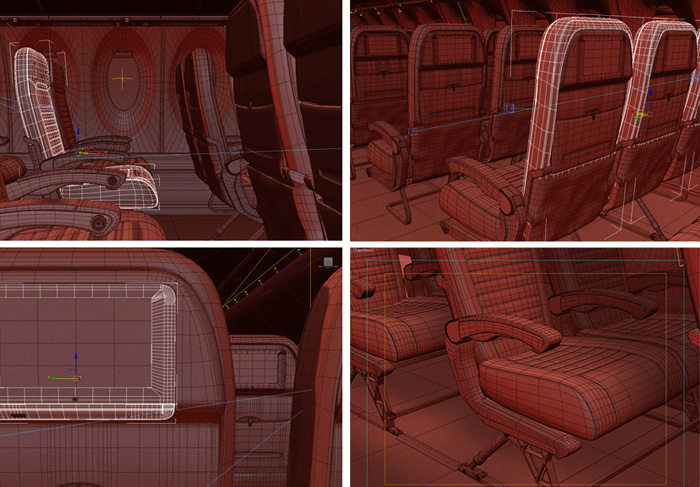
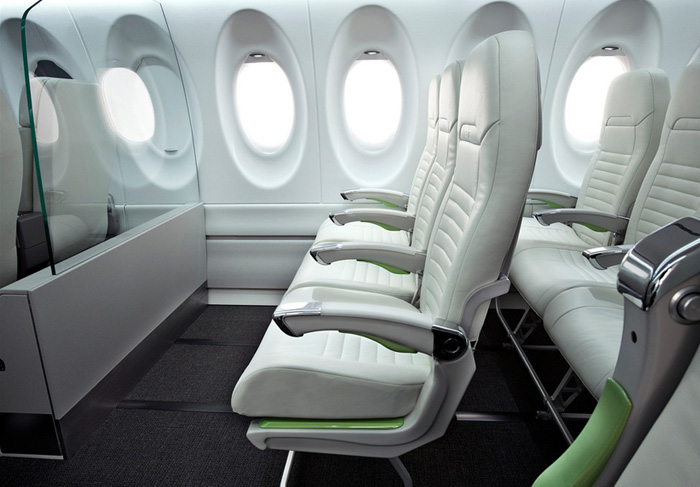
On September 16th, 2013, the CS100 prototype embarked on its maiden flight from Bombardier's facility at Montreal Mirabel International Airport in Quebec. Prior to this event, obtaining high-quality images of the new cabin was a challenge. Photos taken at the Paris Air Show in 2010, such as the ones displayed below, were scarce. Those available had low resolution and were primarily captured by engineers, rendering them less than ideal for my purposes.
Once I managed to acquire a decent image to use as a starting point, the development of the economy cabin started to progress smoothly. Utilizing photographs from various sources, I painstakingly ensured the model's accuracy and realism down to the smallest details, including overhead lights, seat cushions, and tray handles. Employing the V-Ray rendering engine, known for its excellent lighting and texture handling capabilities, allowed me to achieve outstanding render results.
After the rendering process was complete, I meticulously refined and resized the images in Photoshop, resulting in a finished product that closely resembled reality. You can find examples of these images on the project page and within the slideshow featured at the top of this page.
Once I managed to acquire a decent image to use as a starting point, the development of the economy cabin started to progress smoothly. Utilizing photographs from various sources, I painstakingly ensured the model's accuracy and realism down to the smallest details, including overhead lights, seat cushions, and tray handles. Employing the V-Ray rendering engine, known for its excellent lighting and texture handling capabilities, allowed me to achieve outstanding render results.
After the rendering process was complete, I meticulously refined and resized the images in Photoshop, resulting in a finished product that closely resembled reality. You can find examples of these images on the project page and within the slideshow featured at the top of this page.
